Imported Quartz Rod can be transparent or milky white. These rods can withstand up to 1100 degree centigrade. It is most important to note that quartz rod can withstand very high thermal shock (1000 degree centigrade to room temperature).
The transparent quartz rod is obtained through different types of raw materials because that includes natural or synthetic quartz sand. These are highly resistant to thermal shock due to the extremely low coefficient of thermal expansion because they have excellent electrical strength that offers stability under temperature variation.
Our range of Quartz Rod is developed in our company by using high purity fused quartz as raw material and fabricating with advanced ceramic technology.
Thermal Properties of Quartz Rod
| Thermal Conductivity | 1.38(W/m°K) |
| Coefficient Of tThermal Expansion(0~1000 °C) | 0.55(10 -6/ °C) |
| Normal Operating Temperature (Continuous Usage) | ~1050 °C |
| Normal Operating Temperature (Non Continuous Usage) | ~1250 °C |
| Strain Point | ~1075 °C |
| Annealing Point | ~1180 °C |
| Hot Pressing Temperature | ~1700 °C – 2100 °C |
| Devitrification Temperature | Starting at ~1000 ° C. high temperature accelerates Devitrification, especially with surface contaminants such as alkaline solution, salts and vapours. |
Physical Properties of Quartz Rod
| Units of Measure | Value | |
| Density | gm/cc (lb/ft3) | 2.2 |
| Porosity | %(%) | 0 |
| Tensile Strength | 106 Pa | 48.3 |
| Young’s Modulus | 106 Pa | 71.7 |
| Hardness | kg/mm2 | 600 |
| Thermal Conductivity | W/m°K | 1.38 |
| Coefficient of Thermal Expansion | 10-6/°C | 0.55 |
| Specific Heat | J/Kg°K | 740 |
| Dieletric Strength | Ac-kv/mm (volts/mil) | 30 |
| Dieletric Constant | @1MHz | 3.82 |
| Index of refraction @ 587.6nm | — | 1.4585 |



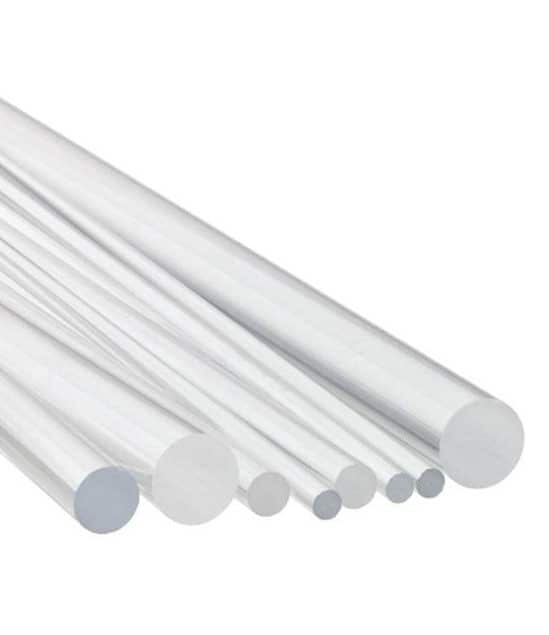
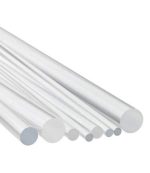
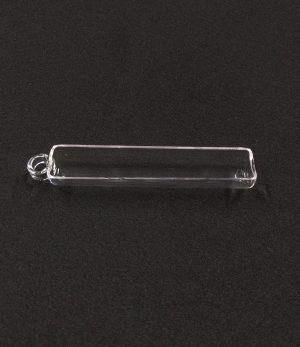

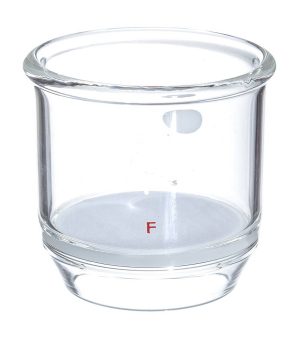
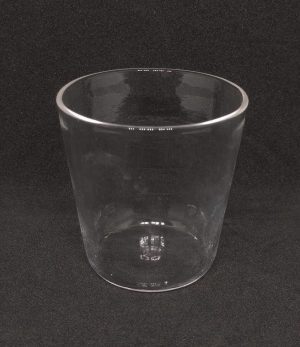
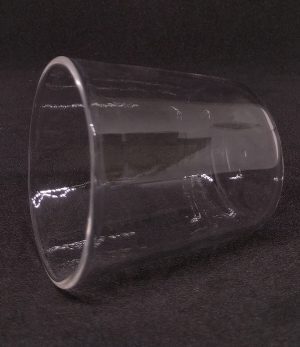
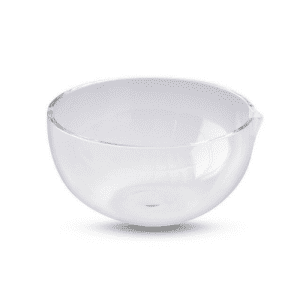
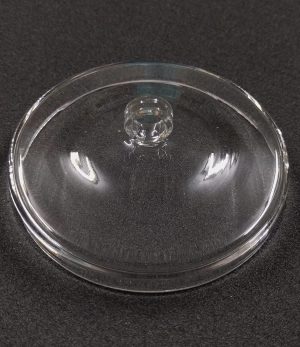
Reviews
There are no reviews yet.